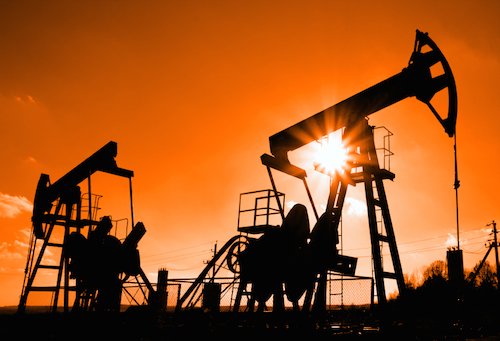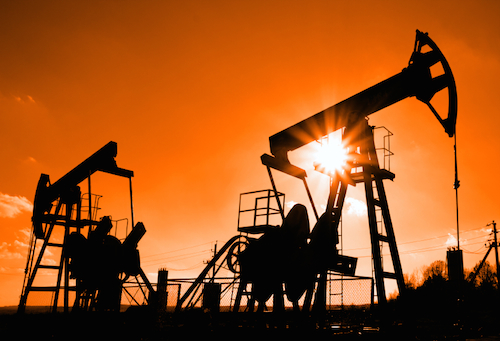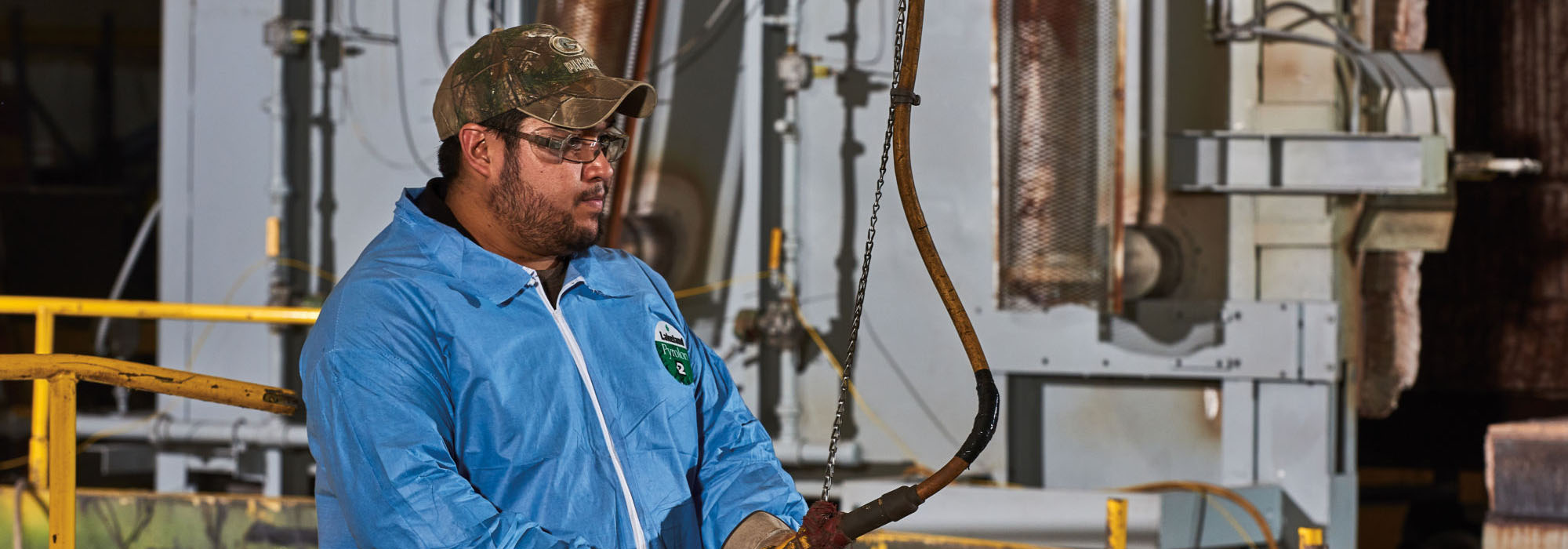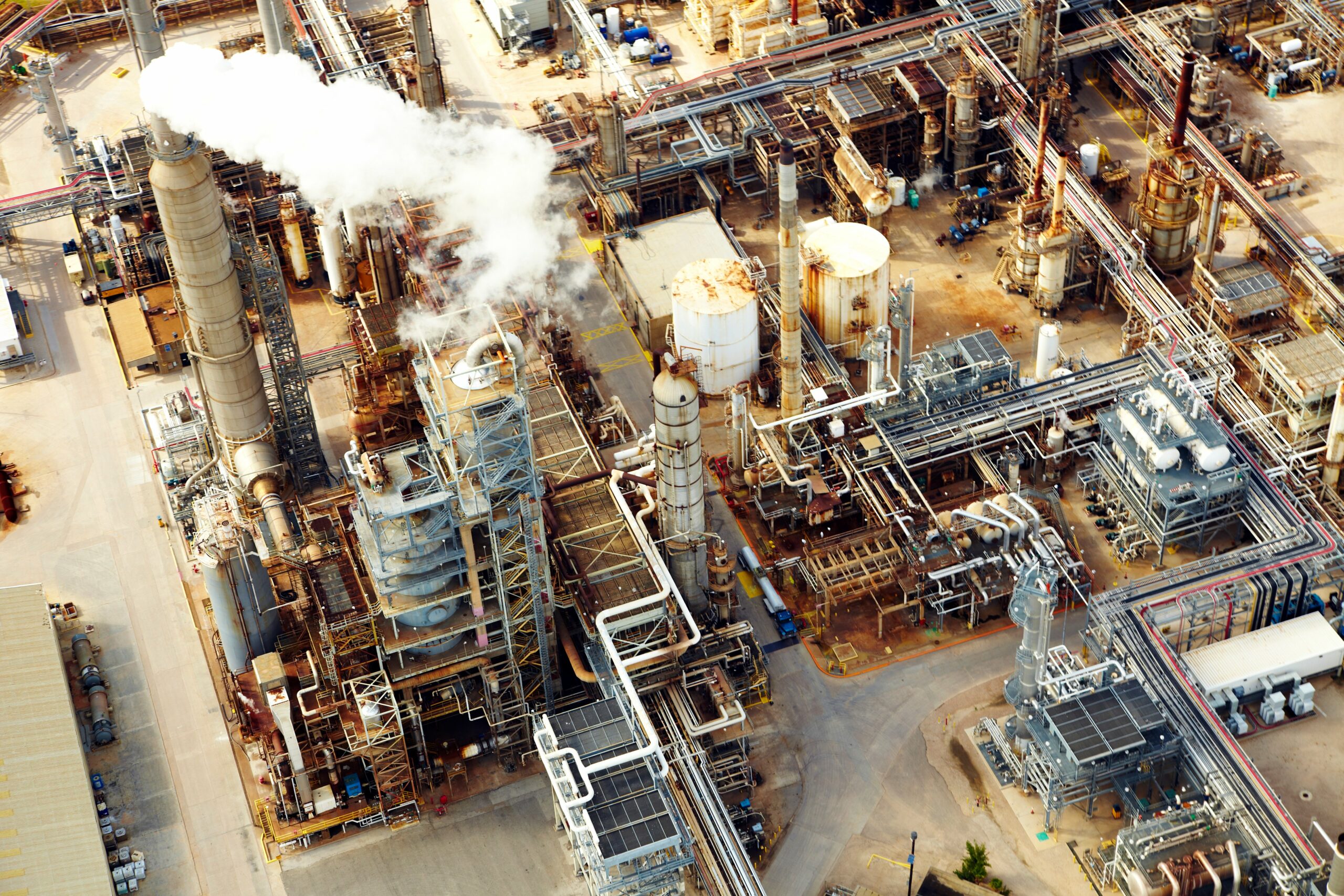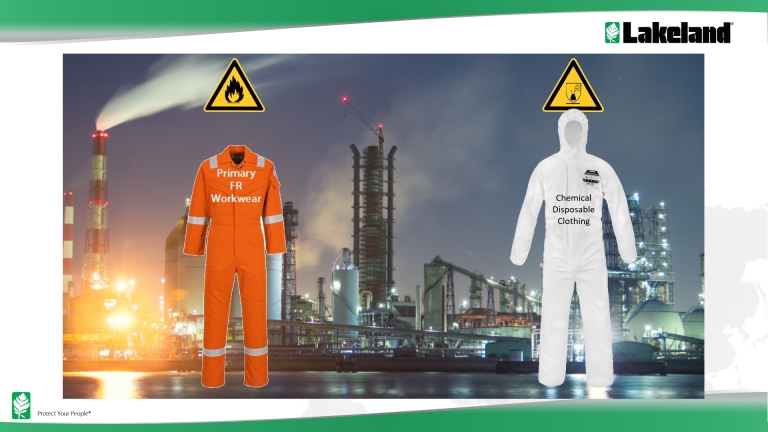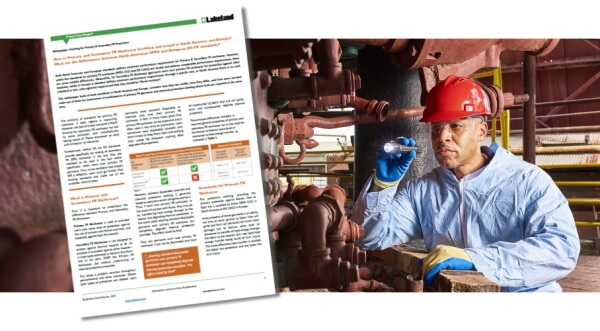Regardless of risks and potentially dangerous tasks, oil and gas industry employment is on the rise. One of the most recognizable challenges in the workplace is creating a safety and compliance-focused culture that is embraced by those both in leadership roles and workers on the front line. Identifying, purchasing and wearing the most effective personal protective equipment (PPE), including secondary FR disposable garments to provide an added layer of protection, is one of the most critical components to any safety program.
In some circumstances, choosing what appears to be tested and approved FR protective garments can be misleading – especially in the case of secondary FR disposables that claim to be tested and NFPA approved. Choosing the highest performance, cost-effective garment requires an understanding of these 5 critical factors for the oil and gas industries:
1.Secondary FR Wear Should Protect Your Primary Thermal & Arc Protective Clothing
Flame resistant materials are designed to self-extinguish. The materials can still ignite, but the material should be proven to have qualities that resist the spread of flame if they do. If the disposable protective gear does not defend against heat and flame, the primary gear will become damaged. Disposable products are meant to add an additional layer of protection in the occurrence of an arc flash, as well as the investment in the primary FR garments underneath.
2. Secondary FR Wear Should Offer Proven Flame Resistance
When a garment label states that the product is flame resistant, that means a test should have been conducted in workplace conditions. It is important to understand that garments with a NFPA 2112 rating may offer different amounts of protection. Flash fire protection requirements are outlined in ASTM F1930. However, this standard measures thermal protection from fire exposure. It does not rate the garment against arc flash or solid or liquid fuels.
There is confusion as to why some secondary FR wear is marked for NFPA 701. This rating is established to indicate the resistance to flame spread for curtains, draperies or other window treatments – not protective apparel.
3.Secondary FR Wear Should Offer Garment Breathability
The ability for materials to breathe, or allow air and moisture to pass through protective garments, is an important consideration when selecting secondary FR wear. If workers are not comfortable in protective apparel, they are less likely to use it.
When several layers are required for full protection, material that does not breathe contributes to excess heat and a build-up of sweat. This moisture and heat may create skin reactions. Additionally, moisture and dampness acts as a heat conductor that will put the wearer at greater risk for burns.
4.Secondary FR Wear Should Add a Layer of Repellency Against Chemicals and Debris
Secondary FR garments must be tested to ensure proven protection against hazardous chemicals and other debris that can leak through the outer protective layer and damage the primary wear. When oil, gas or grease leak through and damage primary wear the substances cannot be sufficiently removed with cleaning.
5.Secondary FR Wear Should Self-Extinguish With No Melt in Occurrence of Flash Fire
True high-quality FR disposable protection must self-extinguish as soon as the source or catalyst is removed. The materials should not be prone to melting under severe heat. If a garment melts, it adheres to anything underneath, including primary garments and skin. This can cause extreme burns when the material cannot be pulled away.
The resistance of undergarments is also extremely important when choosing FR protection. If outerwear ignites and the material self-extinguishes like it’s supposed to, the heat can still ignite layers underneath. If non-compliant undershirts or other garments are worn in this event, these materials can melt.
Always make sure that your secondary disposable FR protection provides the necessary protection against the hazards present in your work environment. If it does not meet the five critical factors, wearers and primary clothing may be at risk.
Selecting the appropriate disposable FR gear is a critical and challenging task. The health and well being of your employees hangs in the balance.
